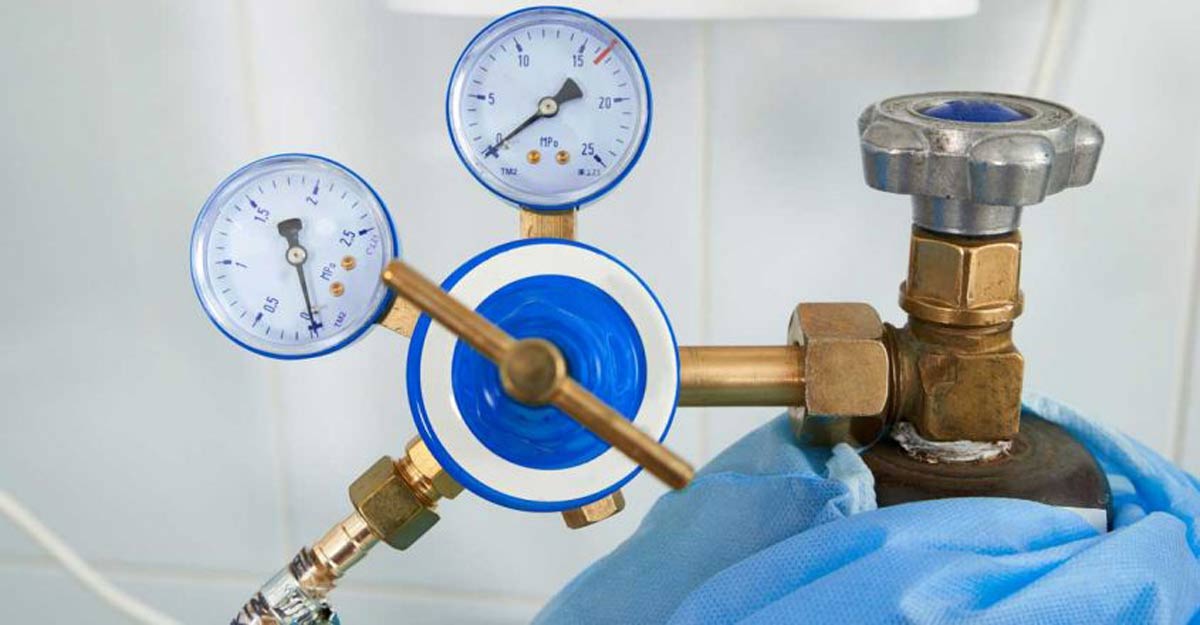In the Kanishka bombing, the sole source of oxygen was damaged by the explosion in the forward cargo hold.
NEW DELHI
Justice B.N. Kirpal, who went into the 1985 terror bombing of an Air India plane by Khalistani terrorists, came up with several suggestions for aircraft manufacturers to modify design and systems that would minimise damage in case of a bomb explosion similar to the one that brought down the plane named Kanishka, killing 329 people. The plane had taken off from Canada.
The court for investigating the Kanishka bombing under Justice Kirpal submitted its report on 26 February 1986 and one of its key suggestions was that oxygen for the flight crew must be supplied from two different sources i.e. in the event of an emergency the pilot and the co-pilot must don the oxygen mask and the oxygen must be supplied from a different source.
In the Kanishka bombing, the sole source of oxygen was damaged by the explosion in the forward cargo hold of the aircraft.
The report, many of whose recommendations have been implemented by aviation giants, advised aircraft manufacturers that they should take effective steps for protecting sensitive parts of the aircraft from explosive damage.
“Studies should be undertaken to determine the feasibility of physically separating the avionics bay and emergency oxygen systems from the cargo area in aircraft so that these sensitive and essential areas of the aircraft cannot be damaged or destroyed by a relatively small explosive device concealed in luggage,” said Justice Kirpal in his report.
The report also suggested that in addition to the cockpit voice recorder, there should be in the cockpit a video/scanning camera that would record the movements and the audio sounds in the cockpit. This recommendation of the court has been implemented by some global aircraft manufacturers.
Justice Kirpal said the proposed camera in the cockpit “will not only assist in ascertaining as to how the pilots act during an emergency but, in the case of hijacking, should also assist in the identification of the hijackers”.
He also suggested that the cockpit voice recorder should record all the conversations and sounds in the cockpit for the entire duration of the flight, and not merely for the last 30 minutes.
“The CVR and Digital Flight Data Recorder should be powered from two alternative sources of energy,” said Justice Kirpal
The court also gave suggestions on the passenger seats in aircrafts and their safety provisions. “The seats in the aircraft should be so designed so as to incorporate shock absorbing systems within the seat and they should be manufactured by using material which does not break easily.
The court also recommended that whenever a government becomes aware of a particularly high-risk security threat it should notify not only the airline at risk, but also all connecting airlines in order that extra precautions can be taken at potential points of introduction of interline baggage into the system.

